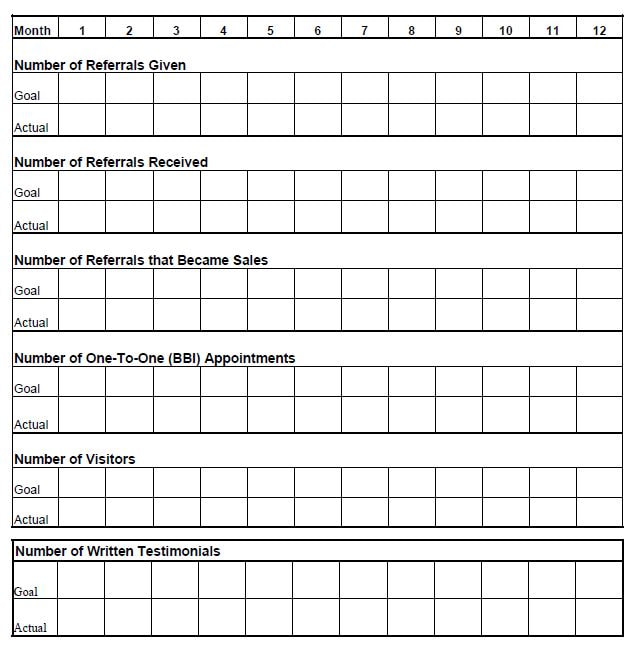Here are some tips for taxpayers handling some of the most common after-tax-day issues.
Check refund status
Taxpayers can check on their refund using the Where's My Refund? tool. It is available on IRS.gov and the IRS2Go app. To use this tool, taxpayers need their Social Security number or ITIN, tax filing status and the exact amount of the refund claimed on their tax return. The tool updates once daily, so there's no need to check more often. Taxpayers without access to a computer can call 800-829-1954.
Check withholding
All taxpayers are encouraged to check their withholding using the Tax Withholding Estimator on IRS.gov. This will help them make sure their employers are withholding the right amount of tax from their paychecks. Doing this now will help avoid an unexpected amount due and possibly a penalty when they prepare and file their taxes next year.
Taxpayers can use the results from the Estimator to help complete a new Form W-4 and adjust their income tax withholding with their employer. Taxpayers who receive pension income can use the results to complete a Form W-4P and submit to their payer.
Review payment options
Taxpayers who owe taxes can review all payment options online. These include:
- Paying their taxes owed or making a partial payment through their Online Account or with IRS Direct Pay
- Paying by debit card, credit card or digital wallet
- Applying online for a payment plan
Carefully consider if they need to amend a tax return
After filing their tax return, taxpayers may find they made an error or forgot to enter something on it. The IRS strongly recommends taxpayers use the Interactive Tax Assistant, Should I File an Amended Return? to help determine if they should correct an error or make other changes to the tax return they already filed.
Common errors taxpayers should fix are those made about filing status, income, deductions, and credits. Taxpayers usually do not need to file an amended return to fix a math error or if they forgot to attach a form or schedule. Normally, the IRS will correct the math error and notify the taxpayer by mail. Similarly, the agency will send a letter requesting any missing forms or schedules.
Taxpayers expecting a refund should not file an amended return before their original return has been processed
The IRS issues most refunds in fewer than 21 days for taxpayers who filed electronically and chose direct deposit. However, some returns have errors or need more review and may take longer to process.
Things that can delay a refund:
- The return has errors, is incomplete or is affected by identity theft or fraud.
- The return needs a correction to the child tax credit or recovery rebate credit amount.
- The return has a claim filed for an earned income tax credit, additional child tax credit, or includes a Form 8379, Injured Spouse Allocation.
- The time it takes a taxpayer's bank or credit union to post the refund to the taxpayer's account.




 RSS Feed
RSS Feed


